Steve Austin – Dixie Carter Part 2: Hiring Billy Corgan, WWE Being Competition, State of TNA, More
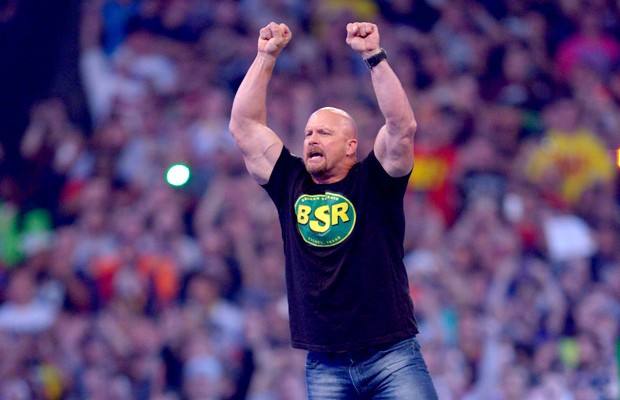
– Part 2 of WWE Hall of Famer Steve Austin’s chat TNA President Dixie Carter is now available on The Steve Austin Show. The full show can be heard at this link. Thanks to my good friend Mark Adam Haggerty (@TapeTraderz) of DailyWrestlingNews.com for the following recap:
It’s week two of “Stone Cold” Steve Austin’s in-depth interview with TNA president Dixie Carter.
Dixie is visiting Steve in Los Angeles, and the Texas Rattlesnake says that aside from the traffic, he loves the Southern California area. Particularly the weather. He asks Dixie if she could live in Los Angeles. She says that she loves it, and absolutely enjoys being there. She said it’s the sort of city that she could spend time in, versus New York, where she’s ready to leave after one or two days. Steve says that he owns a ranch in South Texas, and Dixie interrupted him to say, “Well I have one in North Texas.” They laugh and start talking about life growing up in the country.
Steve asks Dixie if she hunts, and she says that they do a lot of bird hunting on her ranch, primarily quails, and they also raise trophy deer. Dixie says that she owns one of the country’s premier breeding facilities. Austin asks Dixie how many acres she’s sitting on down in Texas, and she says that her father always told her not to answer questions like that. Steve seems a little annoyed, and says that his ranch is 2100 acres. Dixie says: “It’s bigger than that.” Dixie continues to say pretentious things, almost offhandedly. Steve says that he has a guy, Ted Fowler, who takes care of his ranch when he’s in Los Angeles. Dixie says that her family has an entire staff to do that, but stresses that while Steve’s ranch is his HOME, her family’s ranch is a place of business. Dixie jokes that if you have a less than 10,000 acres, “it’s just the place.”
The conversation transitions away from how rich Dixie Carter is and into professional wrestling once more. Steve asks Dixie to go into detail about why business didn’t work with Spike TV. Dixie says that she has a lot of respect for Spike TV, especially executives such as Kevin Kay and Scott Fishman. She says that their relationship was good and that TNA was the number one rated program on their network for a number of years, but Spike TV’s biggest problem was that they were always looking for “the next hit,” rather than focusing on the top rated show they already owned—TNA Impact. Dixie also said that being the number one program on any given network isn’t a guarantee, and felt that it was time to try something new. Dixie said that she spoke to the talent before she made the decision to move to Destination America. She said that everyone would rather be someplace where there would be more of an investment in their brand, versus what they were used to with Spike TV. Dixie says that Destination America is one of the top five fastest growing networks on television, and feels that if TNA can be a hit for them, then both companies will grow together. Dixie names a number of foreign markets that Destination America helped TNA reach, and stresses that there are more announcements to come in the very near future. Steve wants to know whether Destination America put any creative parameters on Dixie Carter and TNA before they signed them to a deal. Dixie says that they’ve been incredibly open to most creative decisions, and are well aware of what wrestling has the potential to do for their network. Dixie feels that TNA has “made more noise in the last four months” then they’ve made in a very long time.
Steve asks Dixie if she considers the WWE competition, and she says, “Of course their competition. I consider anything in entertainment to be competition. I think it’s ludicrous to look at us and not consider us competition, especially when we’re in the same genre. I think it’s foolish, and ridiculous, and not true.” Steve is curious as to how “in-tune” Dixie stays with WWE’s product. She says that there are certainly people in her company that watch the programming, and that she pays particular attention to the business decisions. She mentions coming up with something in creative, and then seeing it on WWE’s television show. She says, “But that’s competition! There’s a reason there’s a Lowe’s across the street from every Home Depot. And who’s winning here Steve? The fans!” Dixie says that the international part of their business has grown faster than the domestic part, and that TNA is definitely competition for WWE in various markets, and might even be beating them in a few.
Steve asks about the six sided ring, and Dixie sums up its history by saying: “Four, six, four, six.” She says that they started with four sides and eventually went with six as a marketing gimmick. She referred to Eric Bischoff and company as “a regime that didn’t like the six sided ring.” She said that Eric and Hogan are traditionalists, which she totally understands. Steve says that he feels the same way and suggests that it would feel awkward bumping in a six sided ring. Dixie says that the six sided ring was brought back out of retirement after a fan vote where 88% of the TNA audience agreed that six sides were more preferable to four.
After a quick commercial break, Steve and Dixie begin to talk about how Billy Corgan became involved with TNA Wrestling. Dixie met Billy on several occasions in Chicago where he promoted his own independent company, and invited him to be a part of one of TNA’s Creative Summits. Dixie said that she’s been friends with Billy for several years, and whenever they would get together he would blow her away with his ideas and overall knowledge of the industry. She was initially concerned that he wouldn’t be able to voice his opinions to the current creative team, but within 30 minutes of sitting down with the entire staff, everyone was convinced that Billy Corgan “brought something special to TNA.”
The entire two week conversation begins to wind down as Steve asks Dixie if there’s ever a moment when this business is not on her mind. She says that she loves the industry more than she ever thought she would when she started in 2002, and is proud of the words “professional wrestling.” Steve asks Dixie where she sees TNA in five years. She says that she’s currently working on quite a few deals that she can’t talk about on the show, but would love to come back and discuss those deals once they’ve been finalized.
Steve’s last question for the president of TNA Wrestling, Dixie Carter, relates to the infamous table bump wherein Bully Ray power bombed the 40+ year old female from the top rope. Dixie says that she broke her back, and received a hairline fracture. She describes the situation as “surreal” and “painful.” Dixie said she saw this as her one opportunity to show the fans and the roster that she respects what they do. “You want to know the real story,” Dixie asked Steve? “I folded in half and felt like something was terribly wrong. So if you watch back, you can see that I’m trying to straighten my body out because I can’t breathe.” She said that while the entire roster jumped around in the ring singing “Ding-dong the Witch is Dead,” she was concerned about who was going to check on her. She said that a referee eventually knelt down beside her to inquire if she was okay, and after “making him sweat” for twenty seconds, dug her nail into the palm of his hand. Dixie mentions that her husband was NOT present when she was put through the table, and says that is still a “bone of contention.”
Steve’s interview with Dixie ended about 45 minutes into the broadcast.

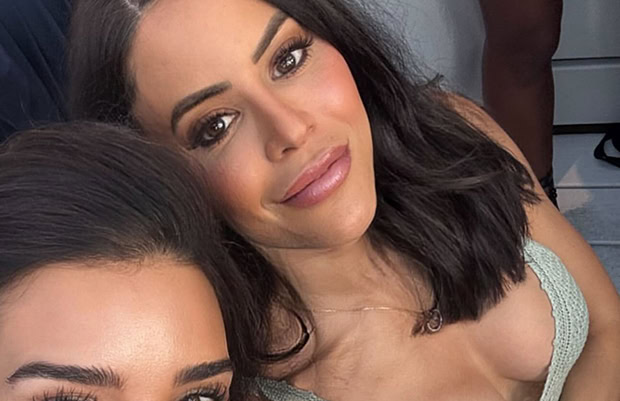









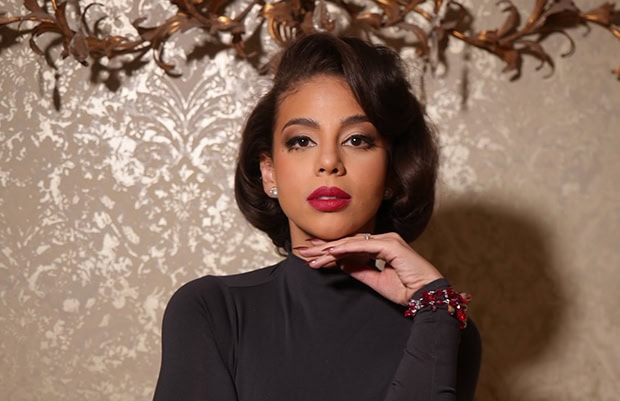
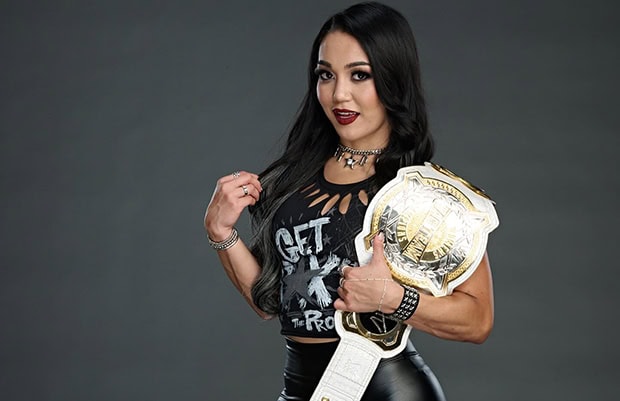
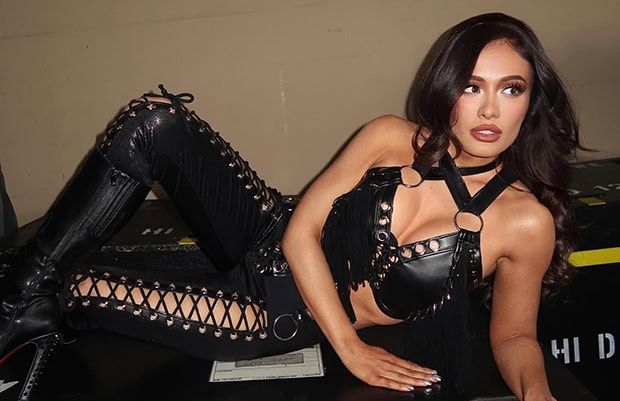
0 comments